There is nothing else quite like it—a deeply entrenched water corridor two hundred and eighty miles long through a desert wilderness of almost overwhelming beauty. No other American river offers, in one unbroken stretch, as great an aggregation of rapids. Contact with nature is direct and powerful. Nor is the encounter limited to water situations. Side canyons, some attainable by trail and some not, offer unexpected plunge pools, waterfalls, banks of ferns, brilliant flowers. One can swim, hike, climb, fish, take pictures, hunt for ancient Indian petroglyphs, study botany or geology in what has been called the world’s greatest open textbook, or just sit still …
-my grandfather, David S. Lavender, in his book River Runners of the Grand Canyon, 1985
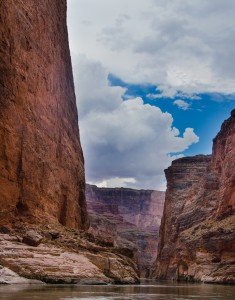 When I woke up in the middle of the night nearly one week into our Grand Canyon rafting and camping family adventure, my eyes marveled at the brilliant sea of stars framed by vertical walls of layered limestone and sandstone that shot up nearly a mile on both sides of the Colorado River. My ears tuned to the soothing white noise of the roiling river and the hum of cicadas. Ever since I was young and heard my grandfather talk about his multiple trips through the canyon on the Colorado, I wanted to experience life on the river, below the rim. Finally, our youngest child was old enough and we could go as a family.
When I woke up in the middle of the night nearly one week into our Grand Canyon rafting and camping family adventure, my eyes marveled at the brilliant sea of stars framed by vertical walls of layered limestone and sandstone that shot up nearly a mile on both sides of the Colorado River. My ears tuned to the soothing white noise of the roiling river and the hum of cicadas. Ever since I was young and heard my grandfather talk about his multiple trips through the canyon on the Colorado, I wanted to experience life on the river, below the rim. Finally, our youngest child was old enough and we could go as a family.
Lying there contemplating the beauty and enormity of the cosmos and the canyon, and the time frame in which they were created, I realized that I had learned so much—and in some ways, had changed as well—in only a matter of days.
Take the cot I was lying on, for example: I learned to assemble it in a snap after much fumbling the first time. Or the tent nearby, which we pitched in case of rain (and rain it did, several times, which provided welcome change from the scorching sun). Handling the river and camping gear seemed so simple now, but on the first night of our eight-day trip, the four of us—my husband Morgan, daughter Colly (age 15), son Kyle (12) and I—awkwardly unwrapped the nylon and poles as rain pelted down and thunder boomed overhead. Wet and muddy, we gave each other a look that asked, “Can we handle a full week of this?”—that is, a week in the world below the rim, cut off from outside contact, unplugged from electronics, living outdoors in mercurial weather, traveling 277 miles downstream through merciless rapids?
I learned that after a few days, I really don’t mind bathing and washing dishes in river water that’s the color and consistency of chocolate milk. At first I was shocked to see how dirty brown the Colorado is, because in my mind’s eye I had anticipated white water reflecting blue sky, not this muddy mix that ranged in color from terra cotta to cocoa. We swam in dirt and then baked in the sun like earthenware in a kiln.
Also toward week’s end, I lost my squeamishness for bugs and reptiles. I was unfazed by the non-venemous Red Coachwhip snake that slithered near our tent while chasing a lizard, or the butterfly-sized cicada-killing wasp that buzzed near my ear, or the oversized red ants at my feet that sported marvelous red and white fuzzy coats on their backs. I admired these creatures as much as the numerous Desert Bighorn sheep and Great Blue Herons we saw along the banks. (I admit, however, I screamed when I lifted the base of our tent to investigate what was causing a thump-thumping underneath the ground covering, and a frog no bigger than a chicken egg hopped right at my face.)
But mostly, I realized I didn’t know how much I didn’t know about the Grand Canyon and the Colorado River before rafting its length. To repeat the most inadequate and overused cliché: It’s so big! The side canyons, crevices and miles of riverbank would take many lifetimes to explore. To go only to the South Rim visitor’s center and glimpse below and say you’ve seen the Grand Canyon is like visiting Disneyland and saying you’ve seen California. Rafting all the way from Lee’s Ferry (just below Glen Canyon Dam) to Pearce Ferry (just above Lake Mead), and stopping frequently along the way to hike around the rocks, is a profoundly awe-inspiring, humbling, fascinating and thrilling experience.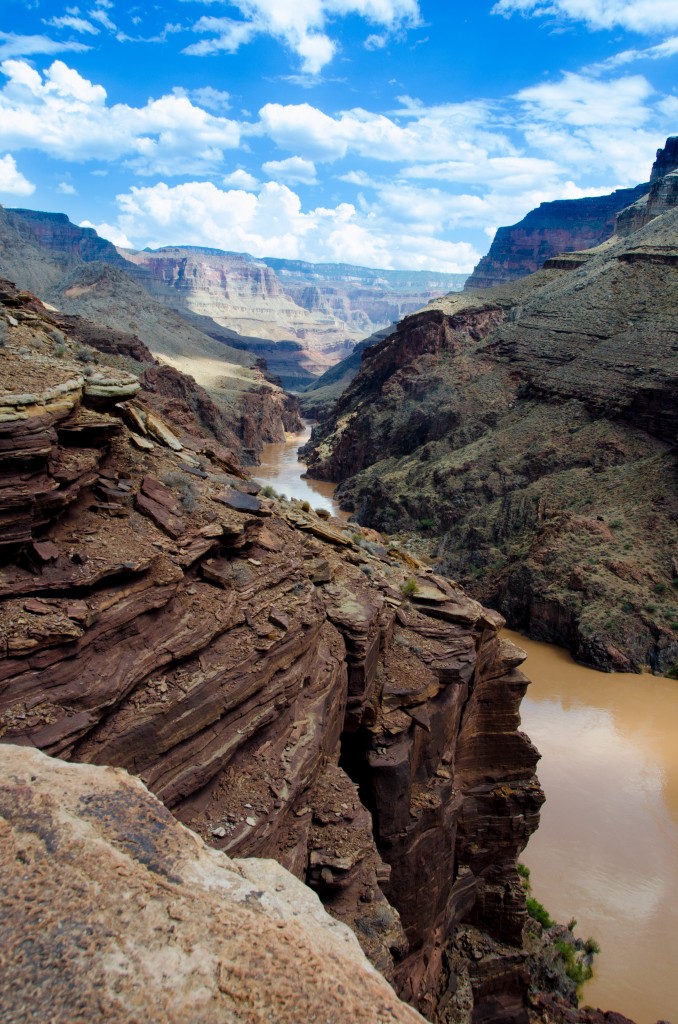
Since we’re not boatmen and don’t have access to river permits, we obviously couldn’t do this on our own. After researching various options (see “What You Need to Know” at the end of this post for more info), we chose Grand Canyon Expeditions. We lucked out both with the guides and the guests—we had a wonderful group that numbered 31 (27 guests, four guides) divided between two boats. Eight in the group ranged from age 12 to 18, so my kids had several others to play and hang out with. The social aspect of sharing meals and talking on the rafts enhanced the trip greatly.
Only the guides know how to read the river—its eddies, holes, haystacks and boils—and without their expertise, we might have taken an unintentional swim in scary water each time the calm flow abruptly changed to a violent, raging set of rapids created by the intense and unpredictable nature of side canyons and their debris flows. One minute, I could be lying on my back snoozing on the side pontoon, the gentle current lulling me to sleep as if on a train; the next, I’d be hunkered down in the center of the raft, clutching straps and screaming as if on a roller coaster.
Morgan took these next photos of our group’s other raft right after the raft we were on had shot through these rapids: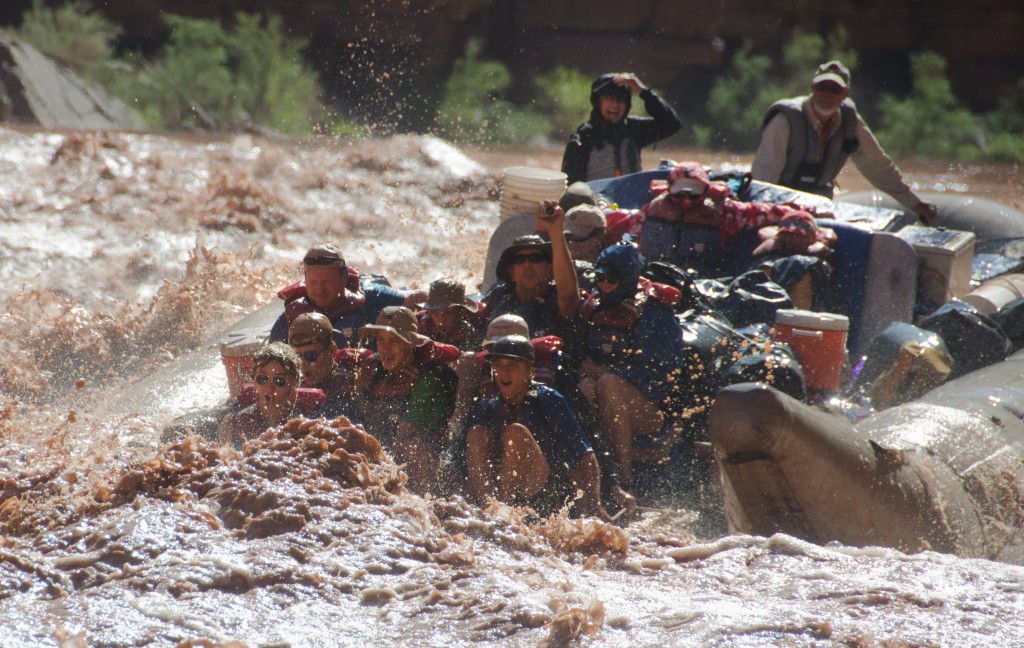
A recently released book that I devoured during the trip, The Emerald Mile: The Epic Story of the Fastest Ride in History Though the Heart of the Grand Canyon, describes the experience of running the Colorado River’s rapids—and its effect on one’s spirit—as such:
This thing you were running down had no brakes, no rewind, no possibility of a do-over. You would ride the surge of your adrenaline and surf the watery crescendo that was about to explode before you, and you would accept the consequences, good or bad, along with whatever gifts or punishments the river was prepared to dish out. There were lessons there, insights a man could put in his pocket and take out later, long after he was out of the canyon, tiny compass points to steer by during those seasons when the river that was your life turned turbulent and ugly. You could learn things about yourself that you would never learn in civilized society. And if you were lucky, you might navigate to a place that would enable you to glimpse, however obliquely, a bit of who you truly were.
More than anything, the river trip gave me time to think and rest, time to reconnect and bond with my family. It provided a much-needed break from busy-ness and, yes, even from running.
Riding the rapids, hiking the side canyons, setting up camp and sleeping side by side under the stars, my family and I gained insights and grew closer in a way we wouldn’t on a regular trip when we’re still plugged into the real world.
It’s strange but nice I didn’t miss my routine of running, and I feel less driven and more mellow about training for upcoming races. Going slow and hiking feels quite appealing for now. I have little desire to get caught up on news or get back on Facebook.
A backlog of work is waiting, the calendar looks complicated, school starts soon—but at least for the remainder of this weekend, I like to close my eyes and reflect on those eight days, hoping to make a Grand Canyon river trip a once-in-a-decade experience rather than once-in-a-lifetime.
Of the many attractions that draw people to the bottom of the canyon, perhaps the most potent and beguiling is the realization that the experience is the opposite of a race—the antithesis of rushing from where you are toward someplace you think you would rather be, only to discover, once you arrive, that your true goal lies somewhere else. That is a defining characteristic of life in the world above the rim, and if there is a point to being in the canyon, it is not to rush but to linger, suspended in a blue-and-amber haze of in-between-ness, for as long as one possibly can. To float, to drift, savoring the pulse of the river on its odyssey through the canyon, and above all, to postpone the unwelcome and distinctly unpleasant moment when one is forced to reemerge and reenter the world beyond the rim—that is the paramount goal.
– Kevin Fedarko, The Emerald Mile
What you need to know:
- Go for at least eight days. Some outfitters do the trip in six or seven, but that would compromise the time available to take day hikes.
- You will need to choose between a motorized raft (which we used) or a non-motorized oar raft. We were very happy with the motorized option; the sound of the motor is relatively quiet and did not bother us as I feared it might, and I think it’s best for families and for people who can’t take more than eight days off.
- The oar rafts are further divided between traditional wooden dories and rubber rafts. Read The Emerald Mile for a full appreciation of the history and craft of dories. Doing an oar trip will take at least two weeks, due to the slower pace. Some outfitters offer non-motorized trips that are shorter, because they put in or take out of the river around Phantom Ranch, but I would not recommend this because then you miss seeing so much of the canyon. Also, if you want to do a longer oar trip to experience rowing yourself, ask the outfitter whether the guests get to do any of the rowing. Often, only the guide, not the guests, handle the oars.
- 12 is a good minimum age. Some outfitters allow younger kids, but I’m glad we waited until Kyle turned 12 and that our group did not include any younger kids. It takes a certain level of maturity and dexterity to be safe on the raft through the rapids, and to handle the rigors of setting up and breaking down camp daily.
- Be prepared for cold water. We were glad we all brought rain shells and rain pants to wear through the rapids. We got soaked to the skin anyway, but the covering helped us stay warm.
- Be prepared to poop in a box and pee in the river. Since the 1970s, the park service has mandated that all waste be “containerized” and carried out. Thankfully, outfitters adhere to a strict “leave no trace” credo; otherwise, the beaches would be ruined by overuse and human waste. Our outfitter provided a steel box with a toilet lid, which is not as bad as it sounds, and we peed into buckets that we rinsed in the river (or we waded into the river to pee).
- Be prepared for your clothes to be ruined by brown river water. We wore only half the clothes we packed; we realized it was better to wear the same thing every day, rather than stain the new shorts and shirts we bought for the trip. Be sure to have at least one long-sleeve, quick-drying shirt for sun protection.
- Buy Belknap’s Waterproof Grand Canyon River Guide
and keep it within arm’s reach the whole trip. This wonderful, waterproof publication is an essential mile-by-mile guide full of info about the canyon’s history, geology and wildlife.
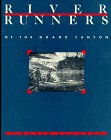 For further reading, get your hands on my grandfather’s book, River Runners of the Grand Canyon. My grandfather, David S. Lavender, took numerous trips down the river in the 1970s and early 1980s and wrote this definitive history of river guides in 1985, which The Emerald Mile author Kevin Fedarko drew upon for his work.
For further reading, get your hands on my grandfather’s book, River Runners of the Grand Canyon. My grandfather, David S. Lavender, took numerous trips down the river in the 1970s and early 1980s and wrote this definitive history of river guides in 1985, which The Emerald Mile author Kevin Fedarko drew upon for his work.- Whether you go on a river trip or not, read The Emerald Mile.
It’s the best book I’ve read in a long time. It centers on the story of the attempt by three river runners to break the speed record of rafting down the Grand Canyon. Similar to how Christopher McDougall’s must-read Born to Run centered on a race but drew in all sorts of side stories about the history, culture and science of ultrarunning, The Emerald Mile uses the speed record attempt to weave together many threads: a compelling history of the river and the environmental movement to protect it, the Glen Canyon Dam and its near catastrophic crisis in 1983, the unique culture and character of river runners, and a call to action to protect this national treasure.
A few more of the hundreds of shots Morgan took:
And Colly took this one:

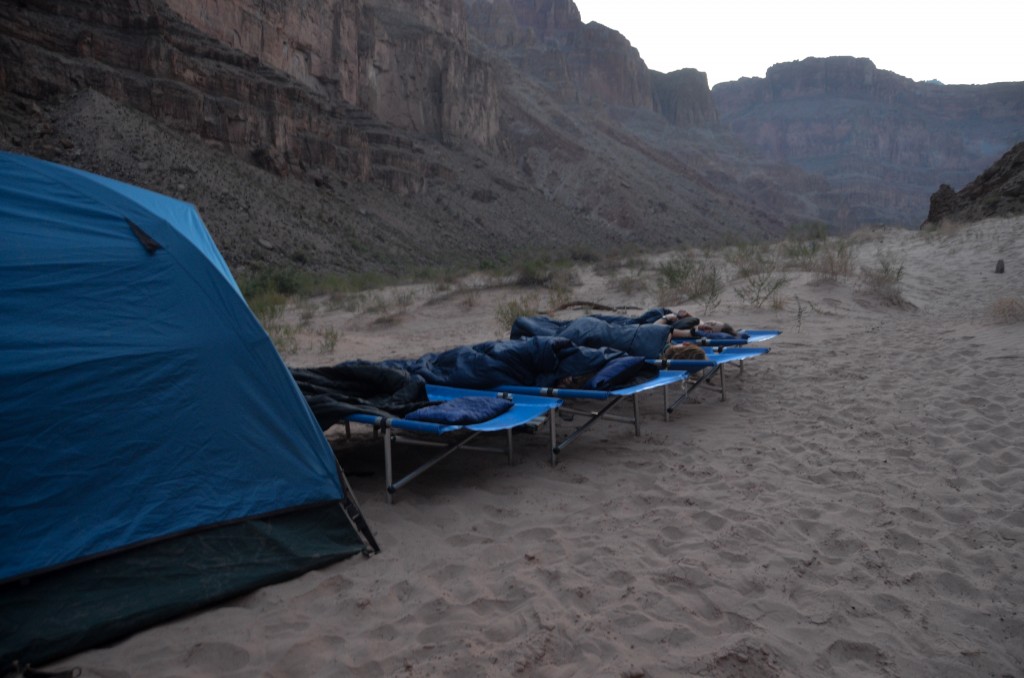
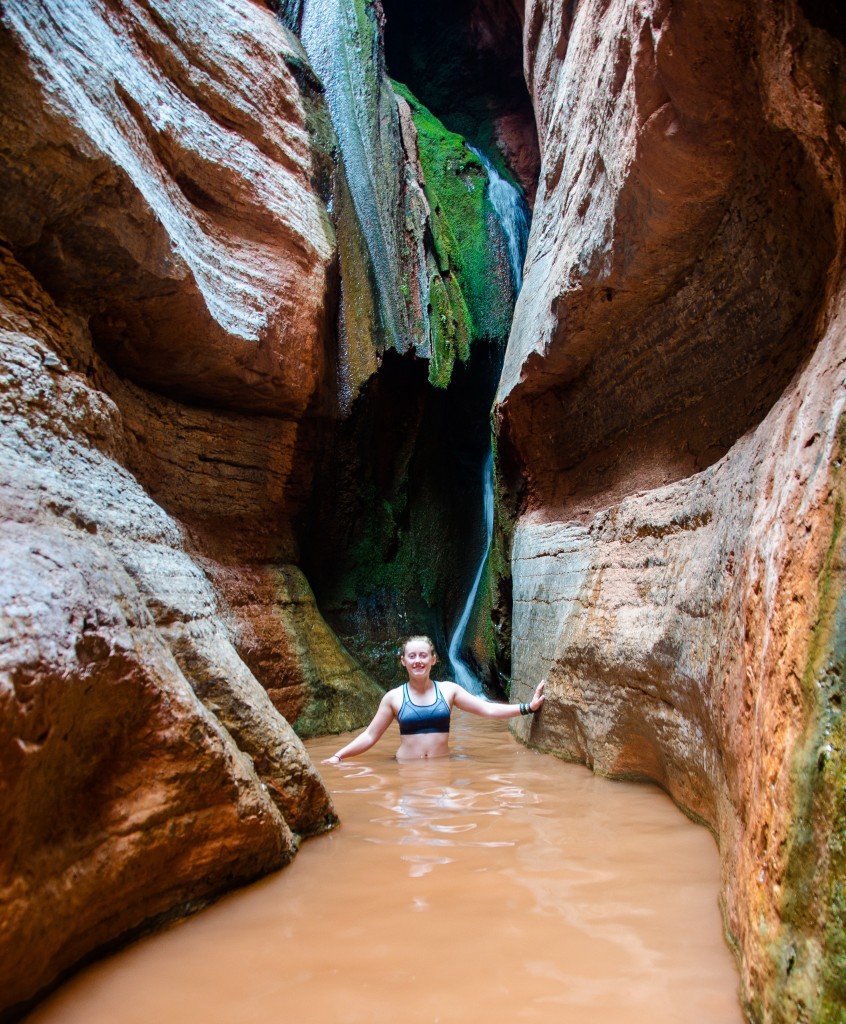
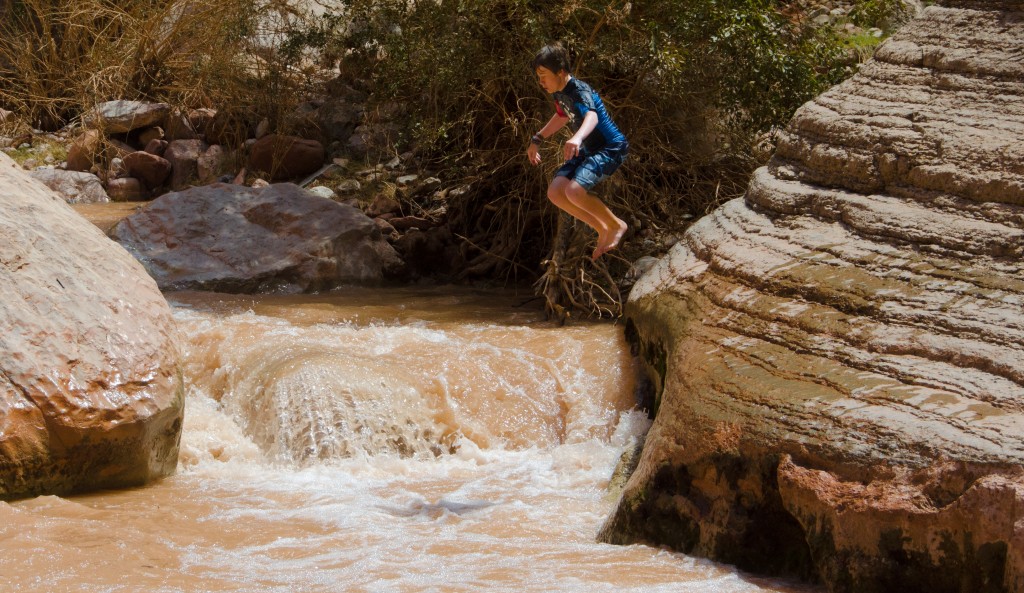
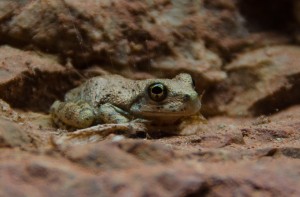
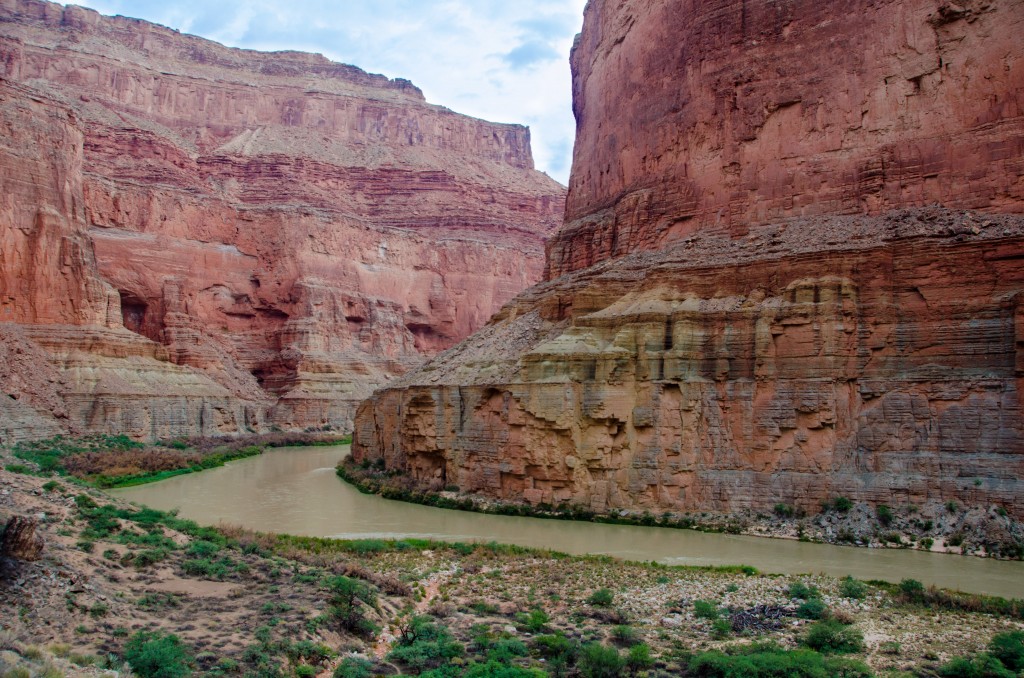
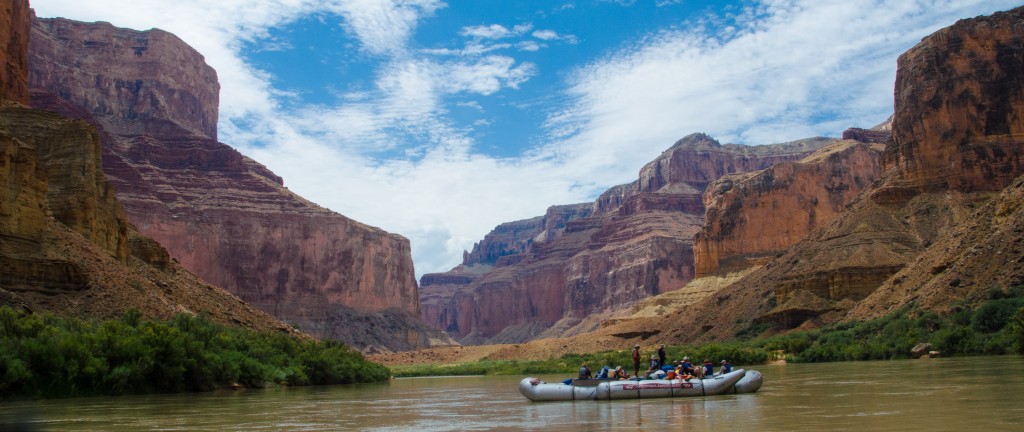
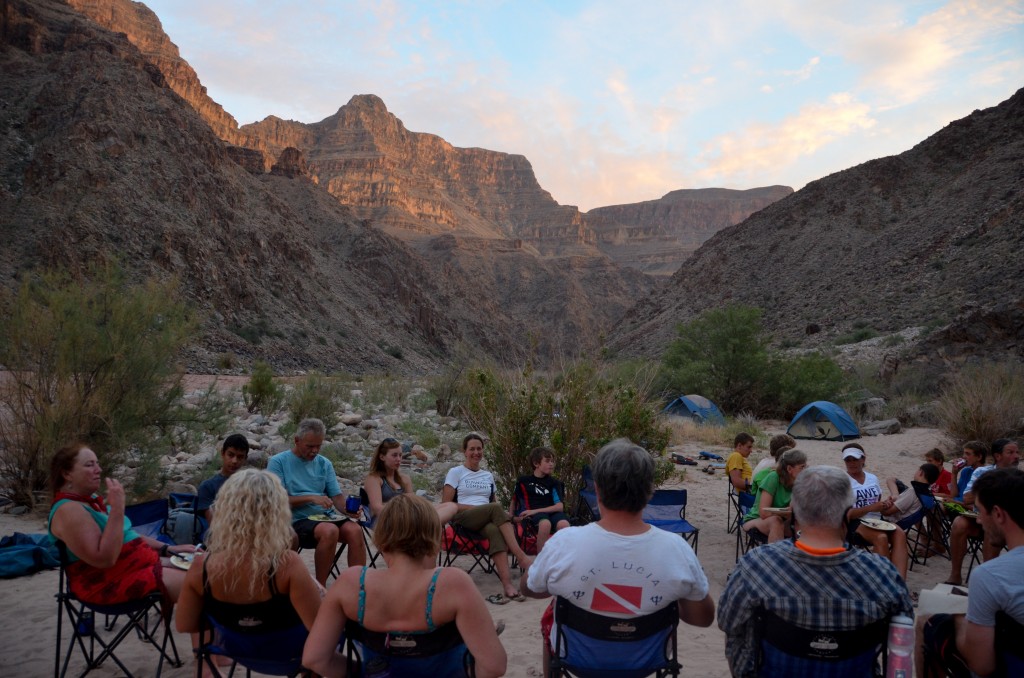
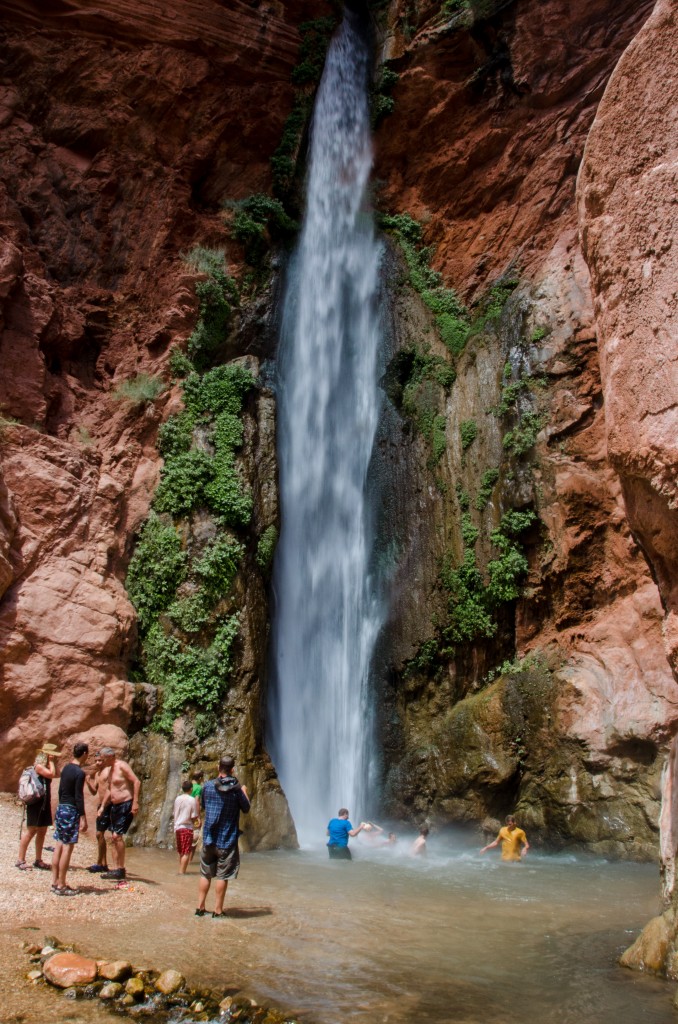
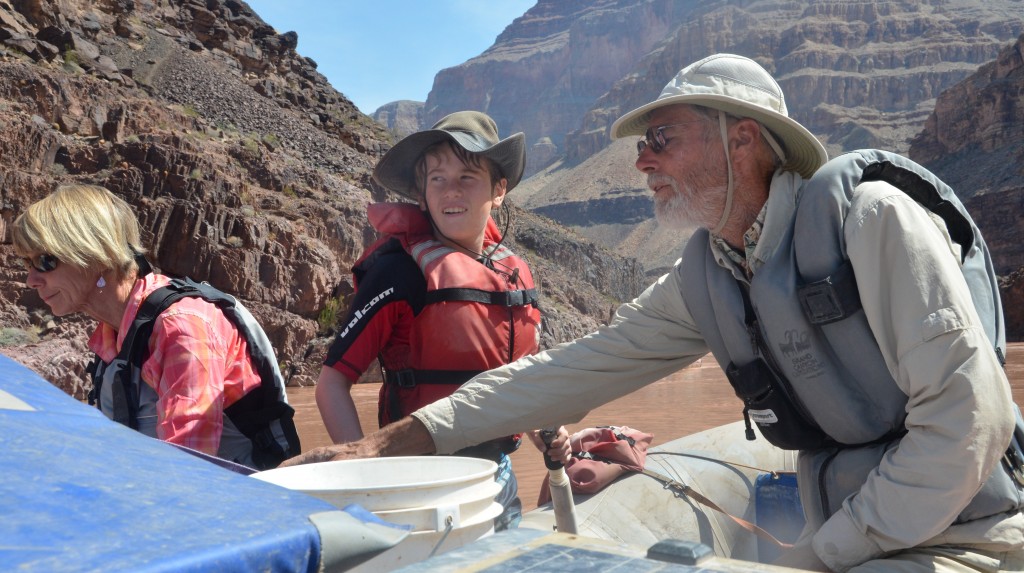
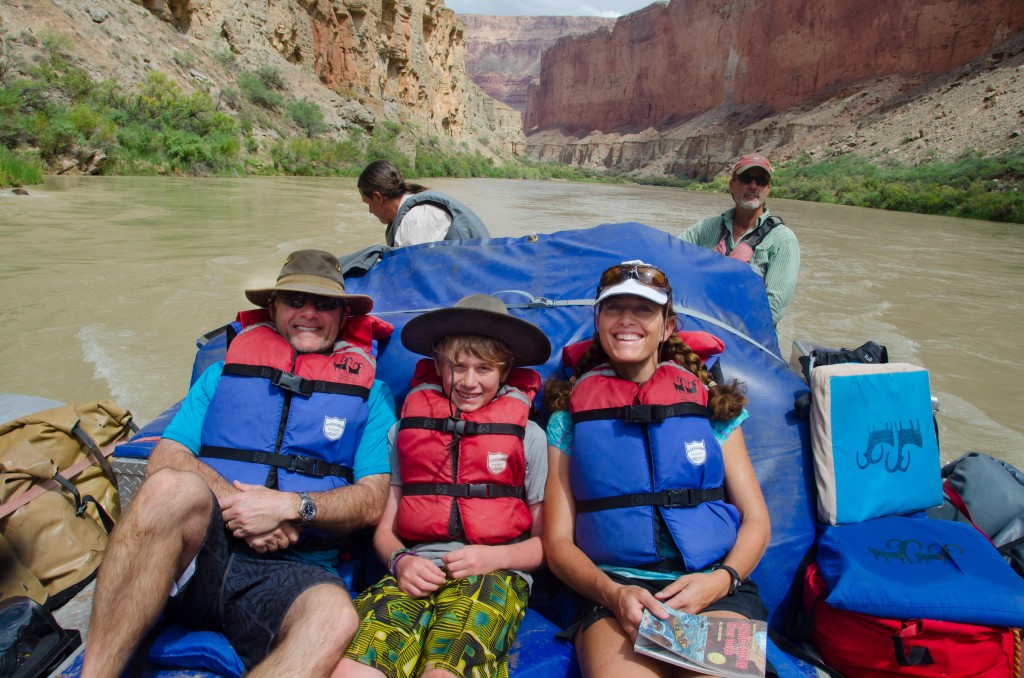
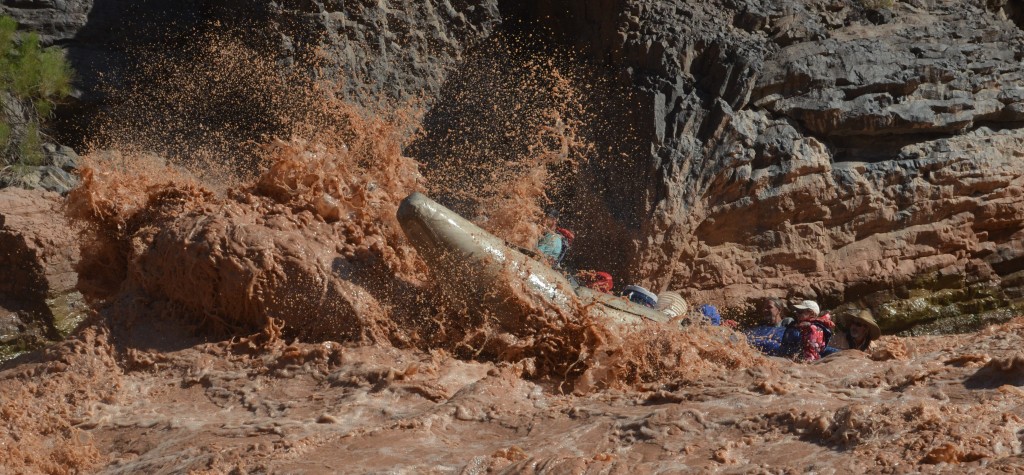
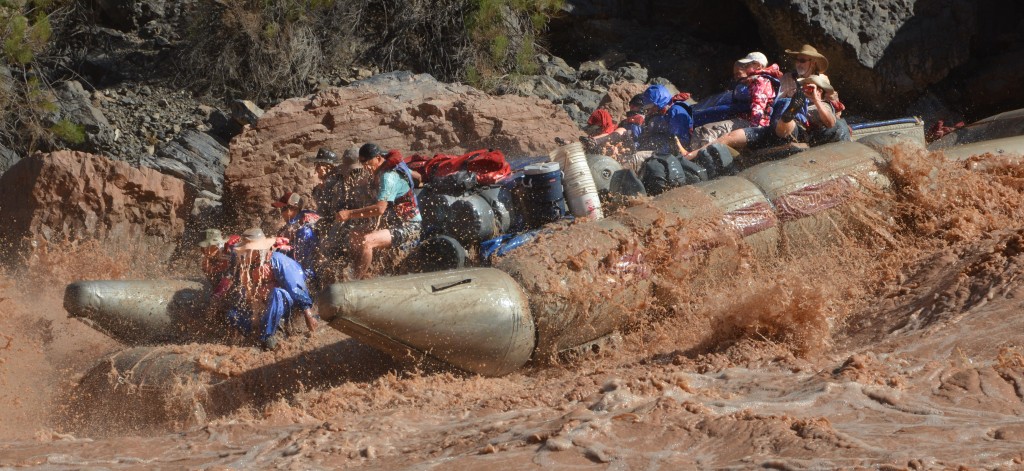
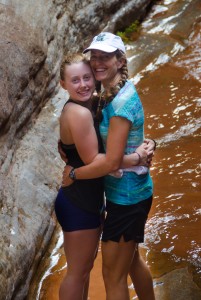
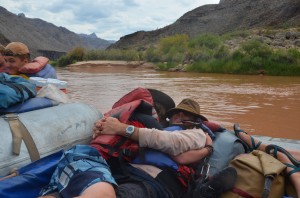
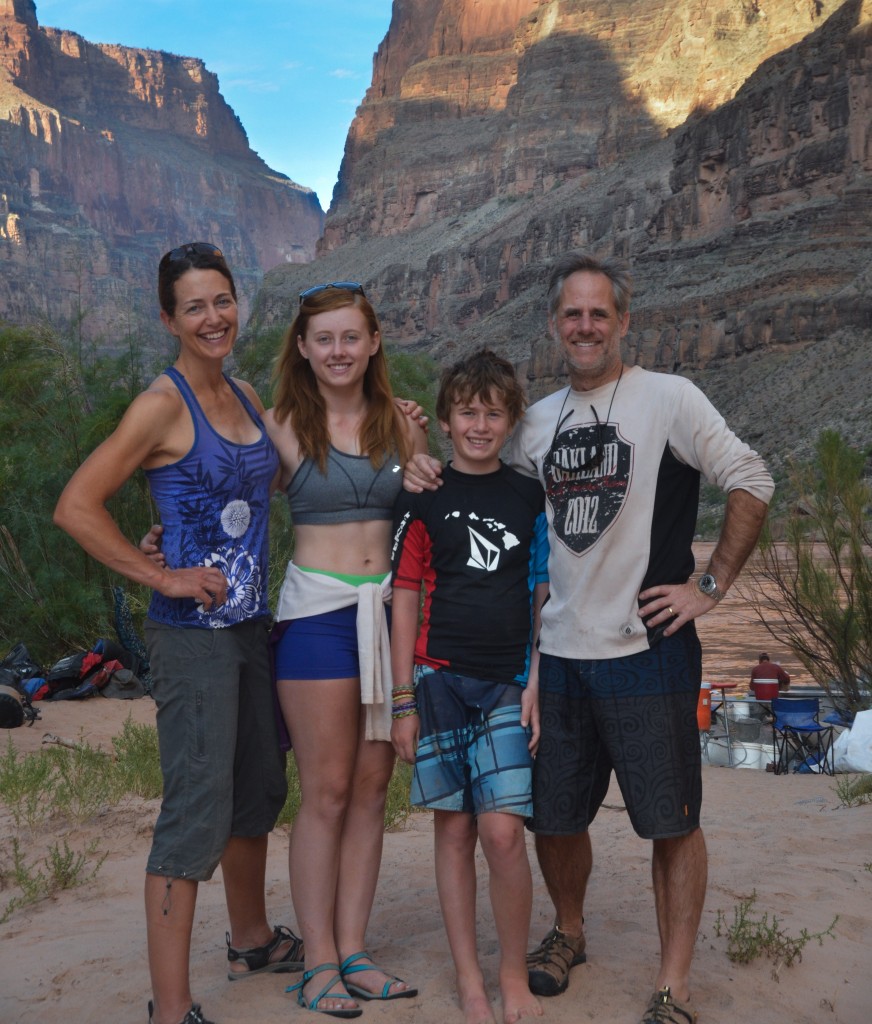
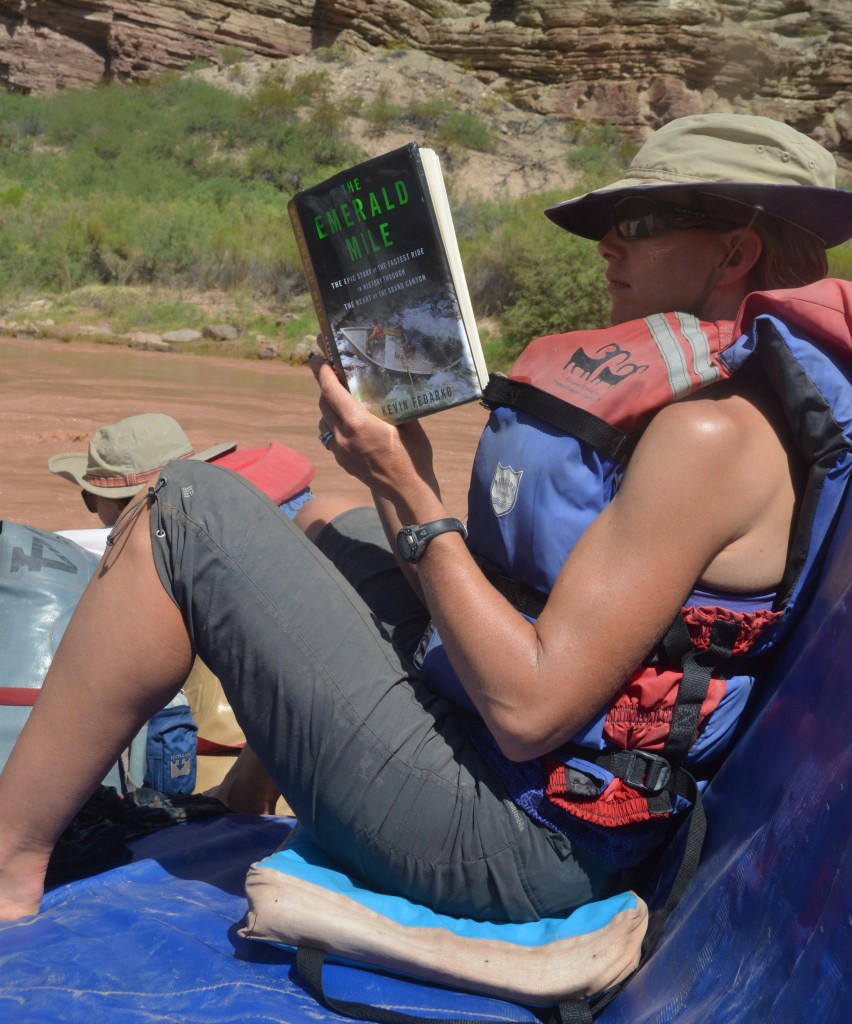
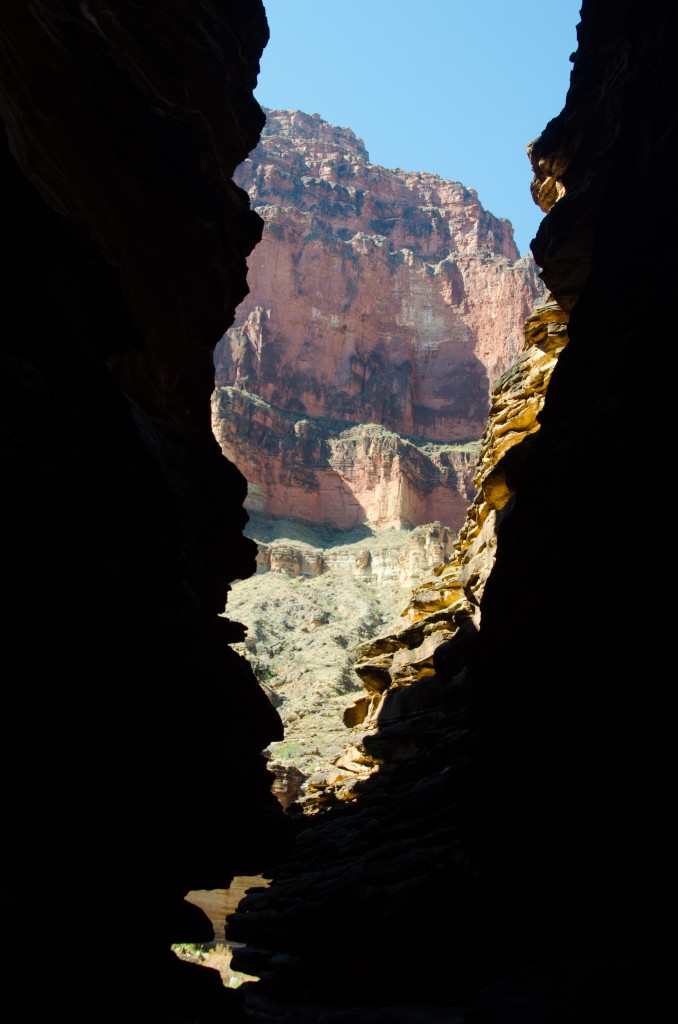
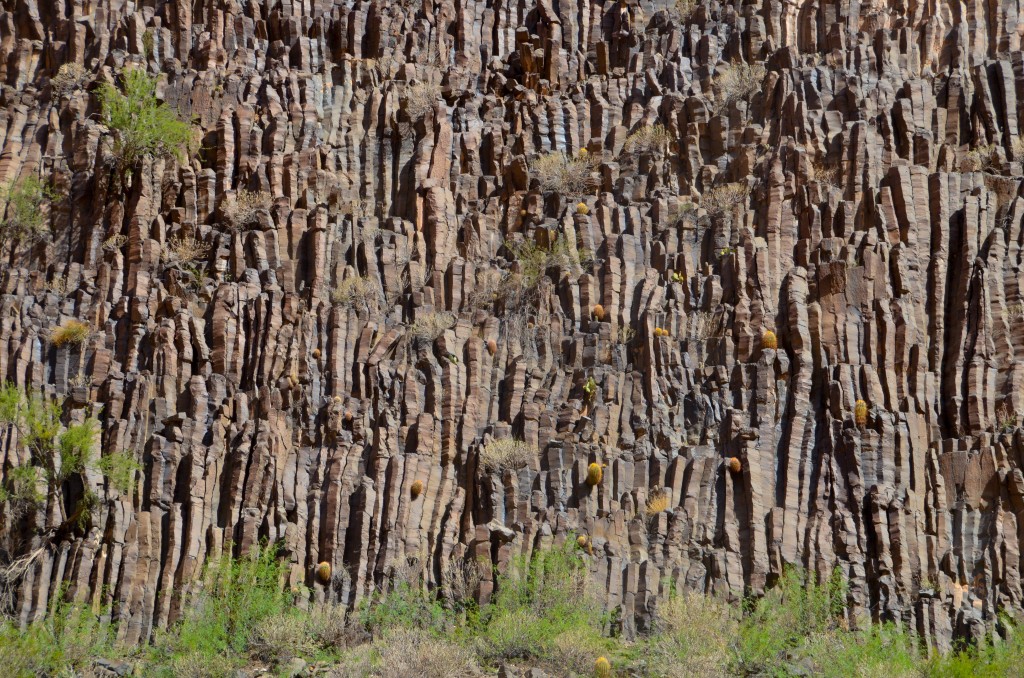
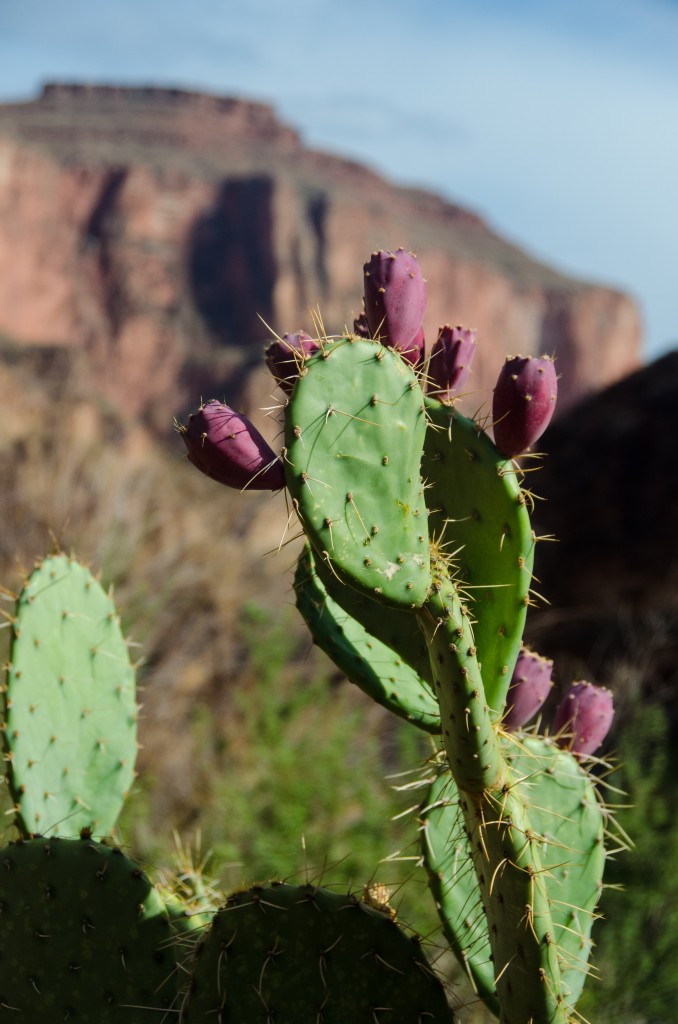
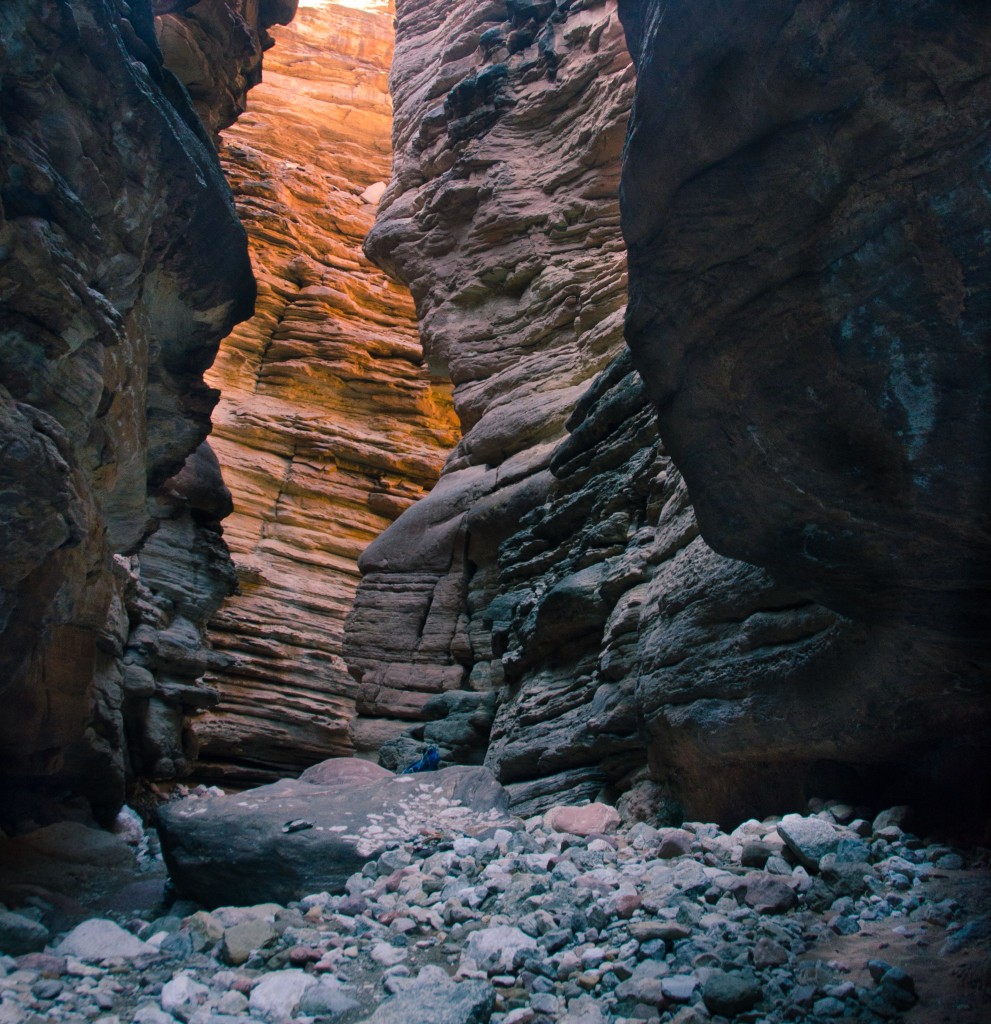
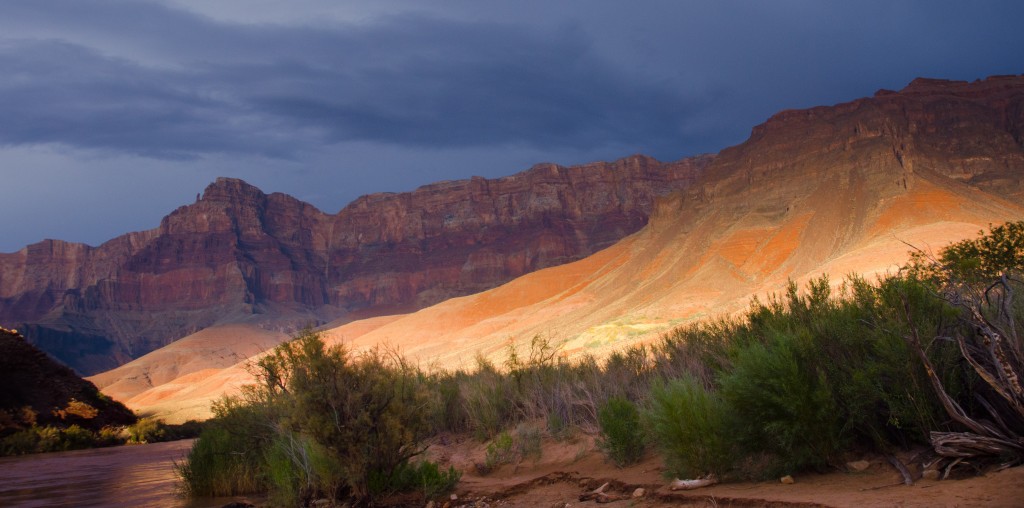
Unbelievable! Simply stunning photos, Morgan. This is an experience of a lifetime laced with memories and emotions of family history. I’m so glad you guys got to experience this together. Happy for you all!! M.
Wonderful wonderful times with family, slowed down, breathing deeply (and panting sometimes), and re-assessing life. Thanks for sharing.
Sounds like an amazing trip! I love all the pictures. You’ll have to do the R2R2R someday! Its on my bucket list!
Hi Sarah,
I have been on the 8 day trip twice with my family. Once when I was a teenager with my mom, dad and sisters and then again with my extended family (including my son’s who were 16 and 18 years old) as we celebrated my parents 50th wedding anniversary 4 years ago. Bob was our guide on both trips! It was fun reading about your adventure and looking at your pictures. Both times we went on the motorized trip. I would love to do the dory trip next time.
Beth
Thank you for the details of your trip! I SO want to do this!
What a great adventure – thanks for posting and all the pictures! And for all the advice – I wasn’t sure I would want to do something like this, but after doing the hike down in May (when the water was very green) I could see that there was a lot to this canyon. You’ve certainly confirmed it.
Question-did you have a waterproof camera, if so what kind
My husband had his big digital camera which is not waterproof, but he carried it in a heavy-duty waterproof camera bag you can buy at REI or online. He was extremely careful when he had it out of the bag.
Wow!, Sarah, what an inspiring post and superb images.
I live in rural South Australia and a long way from the Grand Canyon.
Getting a bit long in the tooth, so might never get there, but your comprehensive post was the next best thing.
By coincidence, I just finished a book by ex-pat British writer, now living in the U.S., who described the huge effort made by explorers to first navigate the Canyon.
His name is Simon Winchester, and the book, “The Men Who United the States.”
Cheers, Leon
Wow, these are some absolutely gorgeous pictures! I love the ones of your family, you guys look so happy! The adventure must have definitely brought you close as a family unit! Such wonderful documentation, and thanks so much for all of the information included! It’s awesome to see family time and fitness activities mixed together! Thanks so much for sharing!